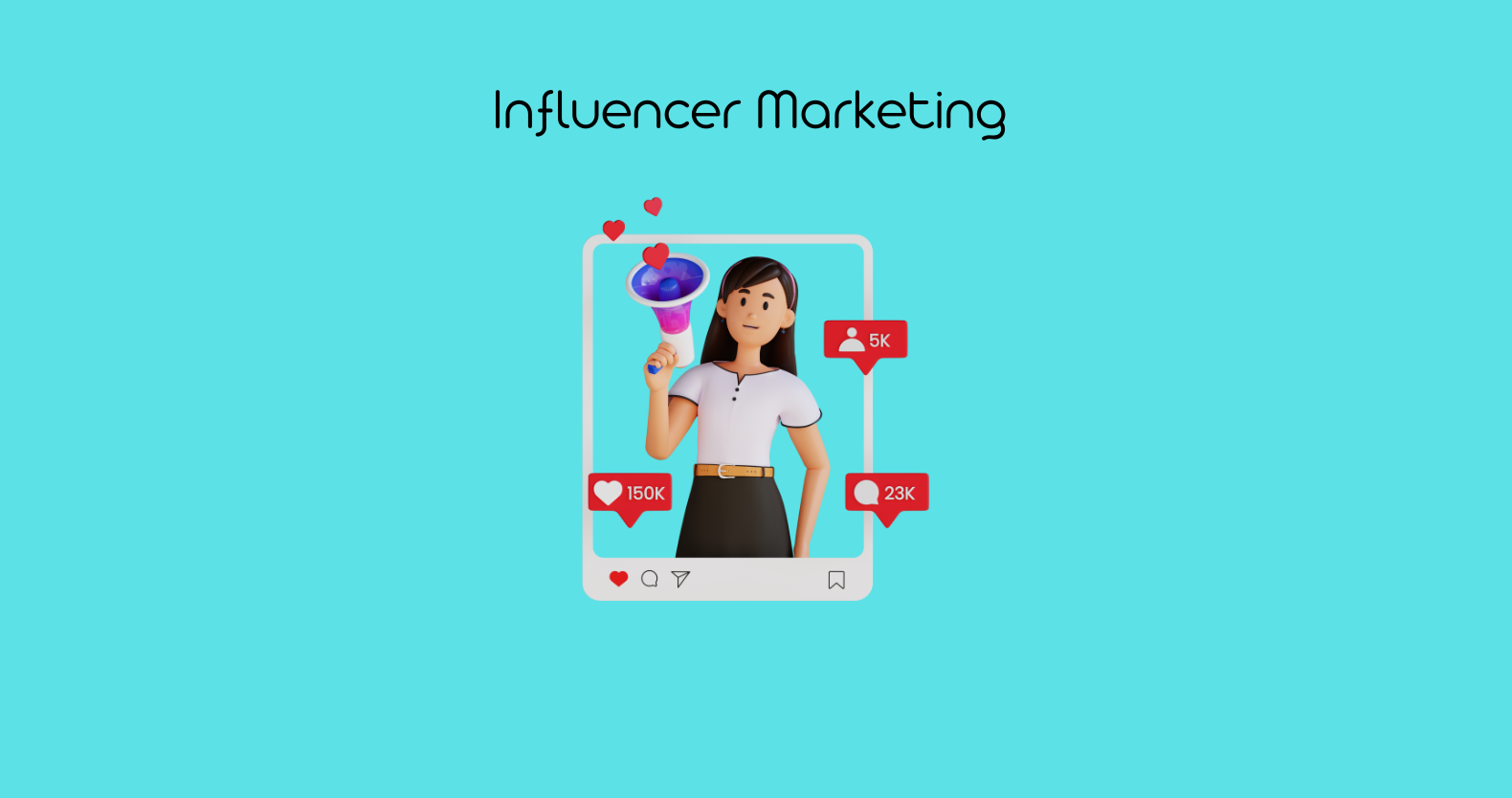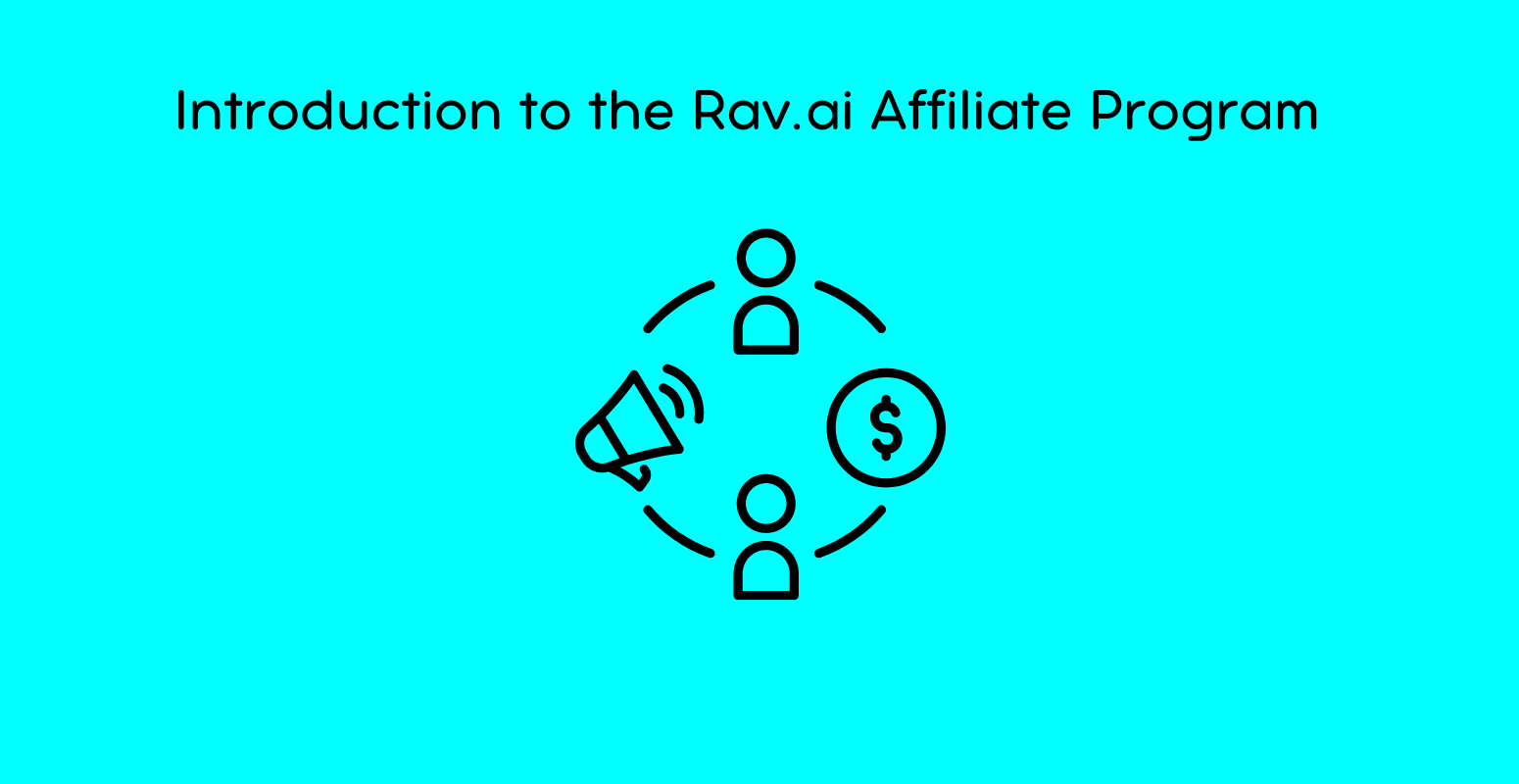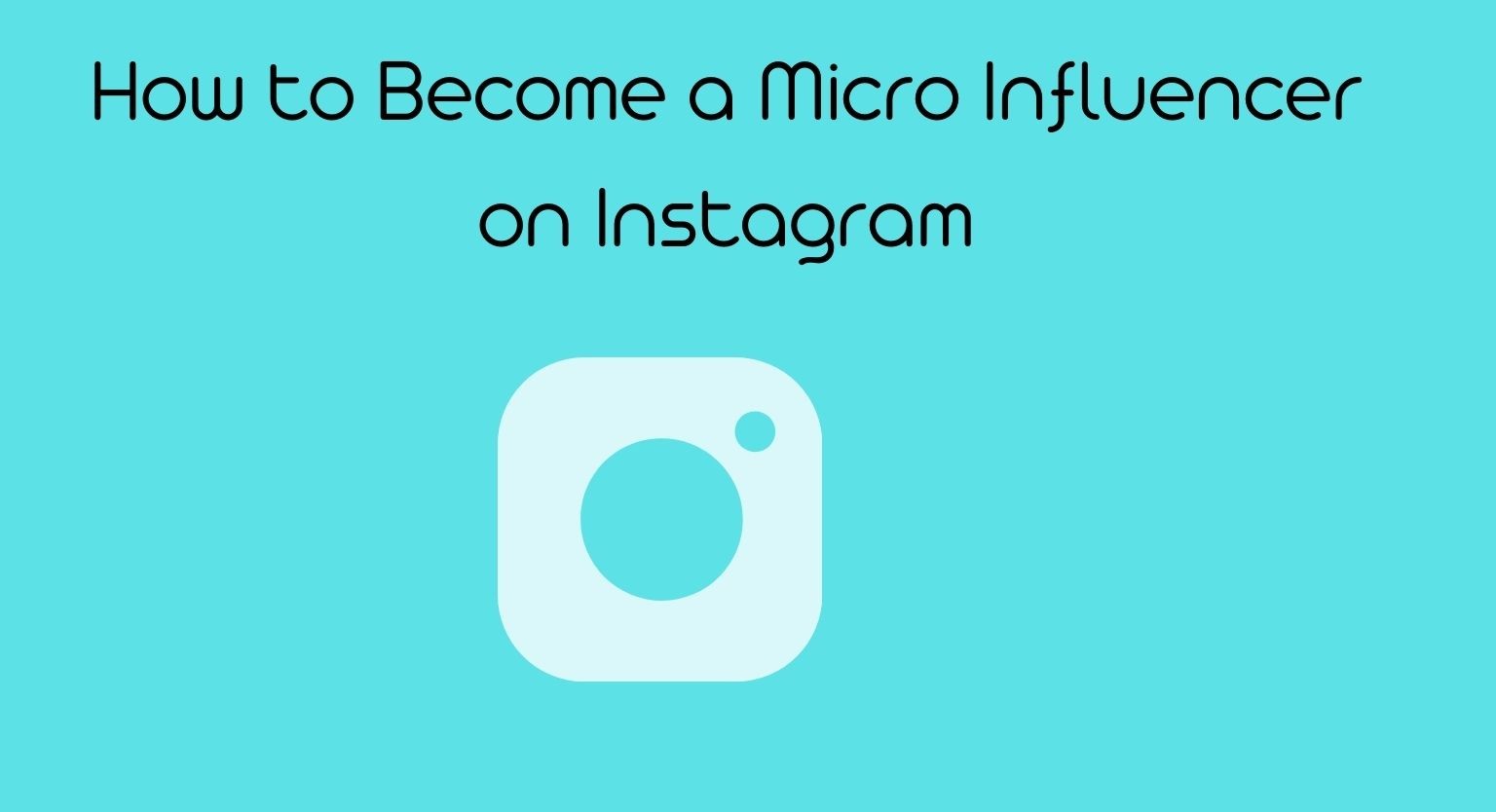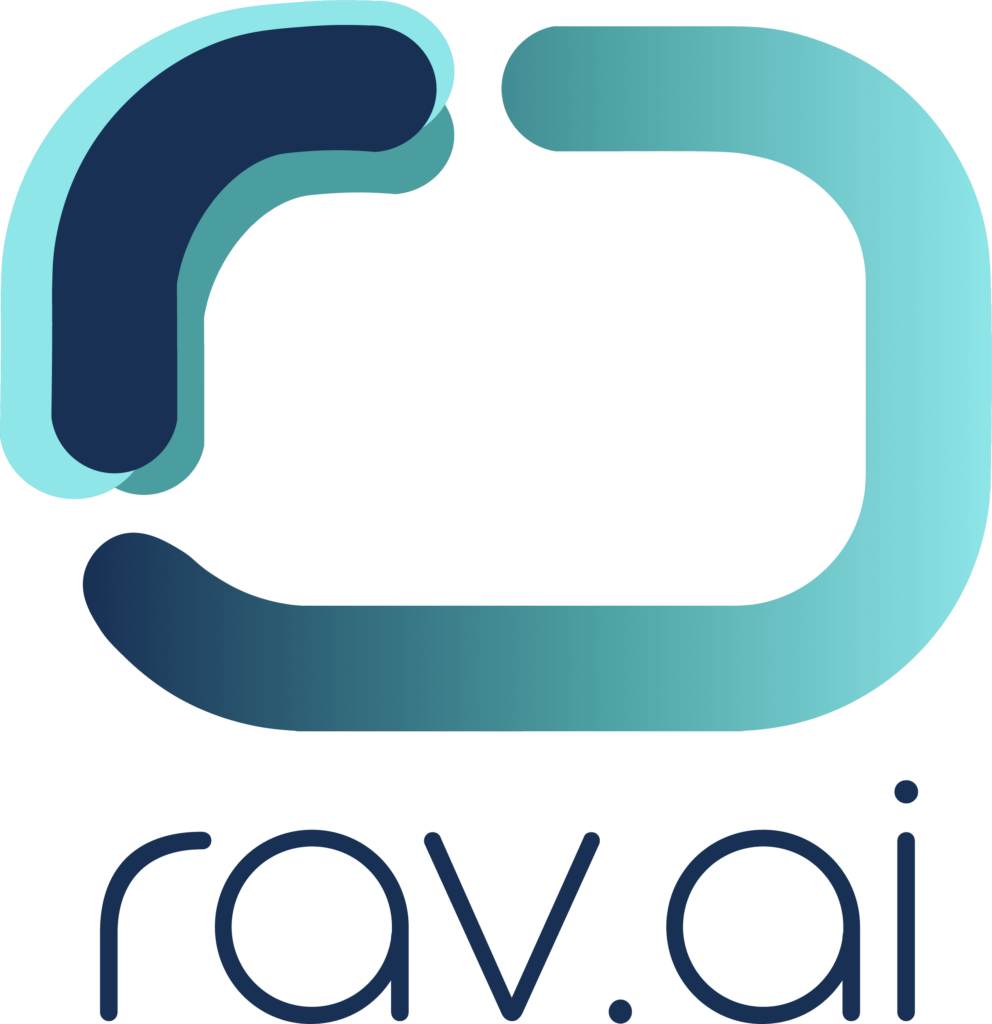Table Of Contents
Who is an Influencer?
Difference Between Micro, Macro, and Mega Influencers
1: Micro-Influencers
2: Macro Influencers
3: Mega Influencers
How to Become a Micro Influencer on TikTok?
1. identify Your Niche
2. Create Consistent Content
3. Engage with Your Audience
4. Collaborate with Other Influencers
5. Utilize TikTok Analytics
How to Become a Micro Influencer on Instagram
1. Optimize Your Profile
2. Post High-Quality Content
3. Use Hashtags Strategically
4. Engage with Your Community
5. Partner with Brands
How to Develop an Effective Influencer Marketing Strategy in 2024?
1. Define Your Objectives
2. Identify Your Target Audience
3. Choose the Right Influencers
4. Develop Compelling Content
5. Set a Budget and Negotiate Terms
6. Monitor and Measure Performance
7. Build Long-Term Relationships
Who Are Virtual Influencers?
How Do Virtual Influencers Work?
1. Creation and Design
2. Personality Development
3. Content Creation and Management
4. Interaction with Followers
5. Brand Collaborations
What is Influencer Campaign Management?
10 Best Influencer Management Tools
1. Rav.ai
2. Upfluence
3. AspireIQ
4. Traackr
5. Klear
6. HypeAuditor
7. Grin
8. Influencity
9. Heepsy
10. Socialbakers
Rav.ai – A Modern Influencer Management Solution
Final Thoughts
Influencer marketing has become a powerful tool in today’s digital world, with businesses spending billions on influencers to promote their products and services.
According to recent statistics, the influencer marketing industry is expected to reach $21.1 billion by 2024. In this guide, we’ll dive into the world of influencers—who they are, the different types, and how you can become one.
We’ll provide detailed steps on how to start your journey as a micro-influencer on TikTok and Instagram, along with essential tools, tips, and tricks to help you succeed. Whether you’re just getting started or looking to enhance your influence, this guide has everything you need.
Who is an Influencer?
An influencer is someone who has the power to affect the purchasing decisions of others due to their authority, knowledge, position, or relationship with their audience. Influencers typically have a dedicated following in a particular niche, with whom they actively engage.
They can be anyone from celebrities to ordinary people who have gained a significant following on social media platforms. What sets influencers apart is their ability to inspire and persuade their audience, often through authentic and relatable content.
In today’s digital age, influencers play a key role in shaping trends, opinions, and even the success of brands.
Difference Between Micro, Macro, and Mega Influencers
In this section, we’ll explore the three main types of influencers: micro, macro, and mega. Each type represents a different level of reach and influence, which can impact your marketing strategy.
1: Micro-Influencers
Micro-influencers are individuals with a smaller but highly engaged audience, typically ranging from 1,000 to 100,000 followers. They are often seen as more relatable and authentic compared to larger influencers. Micro-influencers usually focus on a specific niche, such as fitness, beauty, or travel, which allows them to connect deeply with their audience.
Brands often collaborate with micro-influencers because their followers trust their opinions and recommendations. This trust can lead to higher engagement rates and more effective marketing campaigns, even if the audience size is smaller.
2: Macro Influencers
Macro influencers have a broader audience, usually between 100,000 and 1 million followers. These influencers are often seen as experts or celebrities within their niche. They have the ability to reach a wider audience, making them ideal for brands looking to increase their visibility on a larger scale.
While macro-influencers may not have the same level of personal connection with their followers as micro-influencers, their reach can significantly amplify a brand’s message. Collaborating with a macro influencer can help brands access a diverse audience and achieve greater exposure.
3: Mega Influencers
Mega influencers are at the top of the influencer hierarchy, with over 1 million followers. They are often celebrities or public figures who have achieved widespread recognition. Mega influencers have the power to influence large segments of the population and are typically associated with major brands and high-budget campaigns.
Due to their massive reach, they can create significant buzz and drive large-scale awareness for brands. However, working with mega influencers often comes with a high price tag, making it a viable option mainly for established brands with substantial marketing budgets.
How to Become a Micro Influencer on TikTok?
Becoming a micro-influencer on TikTok requires dedication, creativity, and a clear strategy. Here’s a step-by-step guide to help you build your presence on this rapidly growing platform:
- Identify Your Niche
Start by choosing a niche that aligns with your passions and expertise. Whether it’s fashion, fitness, or comedy, focusing on a specific area will help you attract a targeted audience who shares your interests. - Create Consistent Content
Consistency is key to building an audience on TikTok. Post regularly and stick to a content schedule. This not only keeps your followers engaged but also helps you stay relevant in the TikTok algorithm. - Engage with Your Audience
Respond to comments, participate in trends, and engage with your followers. Building a strong relationship with your audience is crucial for long-term success as a micro-influencer. - Collaborate with Other Influencers
Collaborating with other TikTok influencers can help you reach new audiences and grow your follower base. Choose influencers within your niche for the most effective collaborations. - Utilize TikTok Analytics
Keep track of your performance using TikTok’s analytics tools. Understanding what works and what doesn’t will help you refine your strategy and continue to grow your influence.
How to Become a Micro Influencer on Instagram
Instagram is a powerful platform for micro-influencers. Follow these steps to build your brand and grow your audience on Instagram:
1. Optimize Your Profile
Your Instagram profile is the first thing potential followers see, so make sure it’s optimized. Use a clear profile picture, write a compelling bio, and include a link to your website or other social media platforms.
2. Post High-Quality Content
Focus on creating visually appealing and high-quality content. Instagram is a visual platform, so the better your photos and videos, the more likely you are to attract followers.
3. Use Hashtags Strategically
Hashtags are a great way to reach new audiences on Instagram. Research and use relevant hashtags in your posts to increase your visibility.
4. Engage with Your Community
Like, comment, and share content from other users in your niche. Engaging with your community helps build relationships and increases your chances of being discovered by new followers.
5. Partner with Brands
As your following grows, start reaching out to brands for collaboration opportunities. Partnering with brands can not only provide you with income but also help you gain more exposure on the platform
How to Develop an Effective Influencer Marketing Strategy in 2024?
Developing an effective influencer marketing strategy in 2024 requires careful planning and a deep understanding of your brand’s goals. Here’s a step-by-step guide to help you create a successful strategy:
1. Define Your Objectives
Start by clearly defining what you want to achieve with your influencer marketing campaign. Whether it’s brand awareness, lead generation, or increased sales, knowing your goals will help you create a focused strategy.
For instance, if your goal is to boost brand awareness, you’ll need to work with influencers who have a large and engaged following. Setting specific, measurable, achievable, relevant, and time-bound (SMART) objectives will keep your campaign on track and allow you to measure success effectively.
2. Identify Your Target Audience
Understanding your target audience is crucial for selecting the right influencers. Conduct thorough research to identify who your potential customers are, including their demographics, interests, and online behaviors.
Once you have a clear picture of your audience, you can find influencers who resonate with them. The more closely an influencer’s audience aligns with your target market, the more effective your campaign will be in driving engagement and conversions.
3. Choose the Right Influencers
Selecting the right influencers is perhaps the most critical part of your strategy. Look for influencers who align with your brand values and have a genuine connection with their followers.
Consider factors such as the influencer’s niche, audience size, engagement rate, and content quality. It’s also important to verify their authenticity by checking for fake followers or engagement. Tools like social media analytics platforms can help you make informed decisions.
4. Develop Compelling Content
Content is the backbone of any influencer marketing campaign. Work closely with your chosen influencers to develop content that aligns with both their style and your brand message. Ensure that the content is engaging, authentic, and relevant to the audience.
Whether it’s a blog post, video, or social media update, the content should provide value to the audience and encourage them to take action.
5. Set a Budget and Negotiate Terms
Establishing a clear budget is essential for managing your influencer marketing campaign effectively. Influencer fees can vary widely depending on their reach and influence.
Negotiate terms with influencers that fit within your budget while ensuring fair compensation for their work. Be transparent about expectations, deliverables, and timelines to avoid any misunderstandings later on.
6. Monitor and Measure Performance
Once your campaign is live, continuously monitor its performance to ensure it’s meeting your objectives. Track key performance indicators (KPIs) such as engagement rates, reach, conversions, and return on investment (ROI).
Use analytics tools to gather data and insights, which will help you understand what’s working and what needs improvement. Regularly reviewing performance will enable you to make adjustments and optimize your strategy in real-time.
7. Build Long-Term Relationships
Influencer marketing is not just about one-off campaigns. Building long-term relationships with influencers can lead to more authentic collaborations and better results over time. Treat influencers as brand ambassadors and maintain regular communication with them.
By nurturing these relationships, you can create a network of trusted influencers who consistently promote your brand.
Who Are Virtual Influencers?
Virtual influencers are computer-generated characters designed to act like human influencers on social media platforms. Unlike traditional influencers, they are entirely digital and are often created using advanced technologies such as CGI (computer-generated imagery) and AI (artificial intelligence).
These virtual personalities are managed by creative teams and can interact with audiences in much the same way as human influencers do, by posting content, engaging with followers, and even participating in brand collaborations.
They are gaining popularity because they can be entirely customized to fit a brand’s image and message, offering a level of control that is not possible with human influencers. Virtual influencers represent a new and innovative way for brands to connect with audiences in the digital age.
How Do Virtual Influencers Work?
Virtual influencers are a fascinating blend of technology and creativity. Here’s how they work:
1. Creation and Design
The process begins with the creation and design of the virtual influencer. Creative teams, including graphic designers, 3D artists, and animators, work together to develop the character’s appearance, personality, and style.
The design is often based on extensive research to ensure the character appeals to the target audience. Every detail, from facial features to fashion choices, is carefully crafted to create a relatable and engaging persona.
2. Personality Development
After the virtual influencer is designed, the next step is to develop their personality. This includes defining their backstory, interests, values, and the way they communicate. The personality of the virtual influencer is essential for building a connection with the audience.
It helps to make the characters more relatable and authentic, even though they are not real. The personality is also aligned with the brand’s image to ensure consistency in messaging.
3. Content Creation and Management
Content creation is a key aspect of how virtual influencers operate. The creative team produces content that the virtual influencer will post on social media platforms. This content can include photos, videos, and even interactive posts.
Since the influencer is virtual, the content can be highly controlled and tailored to the brand’s needs. The posts are managed by social media strategists who ensure that the content is timely, relevant, and engaging.
4. Interaction with Followers
Virtual influencers engage with followers just like human influencers do. They respond to comments, participate in conversations, and even collaborate with other influencers. This interaction is often managed by a team of social media experts who maintain the influencer’s persona.
By engaging with their audience, virtual influencers build relationships and foster a sense of community, which is crucial for maintaining their popularity and effectiveness in campaigns.
5. Brand Collaborations
One of the main functions of virtual influencers is to collaborate with brands. These collaborations are similar to those with human influencers, involving product placements, endorsements, and sponsored content.
Brands often choose virtual influencers because they offer a unique and futuristic appeal. Additionally, virtual influencers can be programmed to align perfectly with the brand’s image, making them a highly attractive option for marketing campaigns.
What is Influencer Campaign Management?
Influencer campaign management involves planning, executing, and overseeing influencer marketing campaigns to ensure they meet the desired goals. It starts with identifying the right influencers who align with the brand’s values and target audience. Once the influencers are selected, the campaign manager collaborates with them to develop content that resonates with their followers and promotes the brand effectively.
The manager then oversees the campaign’s progress, ensuring that the content is published on time and that the influencer meets all agreed-upon deliverables.
Throughout the campaign, the manager tracks key performance indicators (KPIs) such as engagement rates, reach, and conversions to measure the campaign’s success. They may also make adjustments as needed to optimize performance.
Effective influencer campaign management is essential for maximizing the return on investment (ROI) and ensuring that the brand’s message is communicated authentically and effectively to the target audience. By carefully managing each aspect of the campaign, brands can build stronger relationships with influencers and achieve their marketing goals more efficiently.
10 Best Influencer Management Tools
When managing influencer marketing campaigns, having the right tools is essential. That’s because it’s not easy to manage everything when you don’t have the right tools. Here are ten of the best influencer management tools available:
1. Rav.ai
Rav.ai is an automated video editing solution designed to streamline the content creation process. While it may not offer direct influencer management, Rav.ai is a valuable tool for influencers and brands looking to produce high-quality videos quickly.
Users can upload their video footage along with a sample video, and Rav.ai will automatically edit the content to match the desired style. It’s fast, cost-effective, and helps manage the task of video editing efficiently, allowing influencers to focus on their campaigns.
2. Upfluence
Upfluence is a comprehensive influencer marketing platform that helps brands discover, engage, and manage influencers across various social media platforms.
It offers advanced search filters to find the perfect influencers based on demographics, interests, and engagement rates. Upfluence also provides campaign management tools, allowing brands to track performance, manage collaborations, and analyze ROI.
3. AspireIQ
AspireIQ is an influencer marketing platform that focuses on building long-term relationships between brands and influencers.
It offers tools for influencer discovery, campaign management, and performance tracking. AspireIQ also provides a content library where brands can store and repurpose influencer-generated content, making it a valuable resource for ongoing campaigns.
4. Traackr
Traackr is an influencer relationship management platform that provides deep insights into influencer performance and campaign impact. It offers tools for influencer discovery, vetting, and campaign tracking.
Traackr’s analytics features allow brands to measure the effectiveness of their influencer marketing efforts and optimize their strategies for better results.
5. Klear
Klear is an influencer marketing platform that offers detailed analytics and campaign management tools. It allows brands to discover influencers, track campaign performance, and analyze audience demographics.
Klear’s advanced reporting features help brands understand the impact of their influencer marketing efforts and make data-driven decisions.
6. HypeAuditor
HypeAuditor is a powerful tool for analyzing the authenticity of influencers. It provides in-depth insights into follower demographics, engagement rates, and potential fraud risks. Brands can use HypeAuditor to vet influencers and ensure they are working with genuine and effective partners.
7. Grin
Grin is an influencer marketing platform designed specifically for e-commerce brands. It offers tools for influencer discovery, campaign management, and product seeding. Grin’s integration with popular e-commerce platforms makes it easy for brands to track the sales generated by influencer campaigns.
8. Influencity
Influencity is a comprehensive influencer marketing platform that provides tools for influencer discovery, campaign management, and performance tracking. It offers a wide range of filters to find the right influencers and detailed analytics to measure campaign success. Influencity is known for its user-friendly interface and powerful features.
9. Heepsy
Heepsy is an influencer search and analytics platform that helps brands find influencers based on location, category, and audience size. It provides detailed insights into influencer metrics, including engagement rates and audience demographics. Heepsy is a great tool for brands looking to find niche influencers and manage their campaigns effectively.
10. Socialbakers
Socialbakers is a social media marketing platform that offers influencer marketing tools as part of its suite of features. It provides influencer discovery, campaign management, and performance analytics. Socialbakers’ AI-driven insights help brands optimize their influencer marketing strategies and achieve better results
Rav.ai – A Modern Influencer Management Solution
Rav.ai is an innovative platform that streamlines the content creation process, making it an excellent tool for influencers and brands alike. Although it doesn’t directly manage influencer relationships, Rav.ai plays a crucial role in the workflow of influencer marketing by offering automated video editing solutions. Influencers can upload raw footage and a sample video, and Rav.ai will automatically edit the content to match the desired style.
This feature allows influencers to produce high-quality videos quickly and efficiently, freeing up time to focus on engaging with their audience and managing other aspects of their campaigns.
The platform’s user-friendly interface and cost-effective pricing make it accessible to influencers at all levels. Whether you’re a micro-influencer just starting out or a seasoned professional, Rav.ai provides a valuable service that can enhance your content and help you maintain a consistent online presence. With the ability to quickly produce polished videos that resonate with followers, Rav.ai is a modern solution that supports the growing demands of influencer marketing.
Final Thoughts
Influencer marketing has transformed how brands connect with their audiences, making it an essential part of modern marketing strategies. Whether you’re looking to become an influencer or refine your existing influence, understanding the different types of influencers—micro, macro, and mega—can help you find your niche and grow your audience. Platforms like TikTok and Instagram offer unique opportunities for micro-influencers to build a following, while an effective influencer marketing strategy ensures long-term success.
Virtual influencers are also emerging as a significant trend, offering new possibilities for brands. By understanding how they work and how to manage influencer campaigns effectively, you can stay ahead in the ever-evolving world of digital marketing. Tools like Rav.ai and others provide the necessary support to manage content creation and campaign management, making the process smoother and more efficient.






